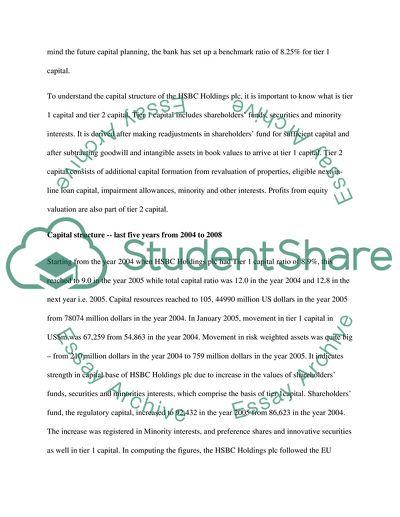Cite this document
(Changes in the HSBCs Capital Structure and Financial Sources Assignment, n.d.)
Changes in the HSBCs Capital Structure and Financial Sources Assignment. Retrieved from https://studentshare.org/finance-accounting/1721399-hsbc
Changes in the HSBCs Capital Structure and Financial Sources Assignment. Retrieved from https://studentshare.org/finance-accounting/1721399-hsbc
(Changes in the HSBCs Capital Structure and Financial Sources Assignment)
Changes in the HSBCs Capital Structure and Financial Sources Assignment. https://studentshare.org/finance-accounting/1721399-hsbc.
Changes in the HSBCs Capital Structure and Financial Sources Assignment. https://studentshare.org/finance-accounting/1721399-hsbc.
“Changes in the HSBCs Capital Structure and Financial Sources Assignment”, n.d. https://studentshare.org/finance-accounting/1721399-hsbc.


